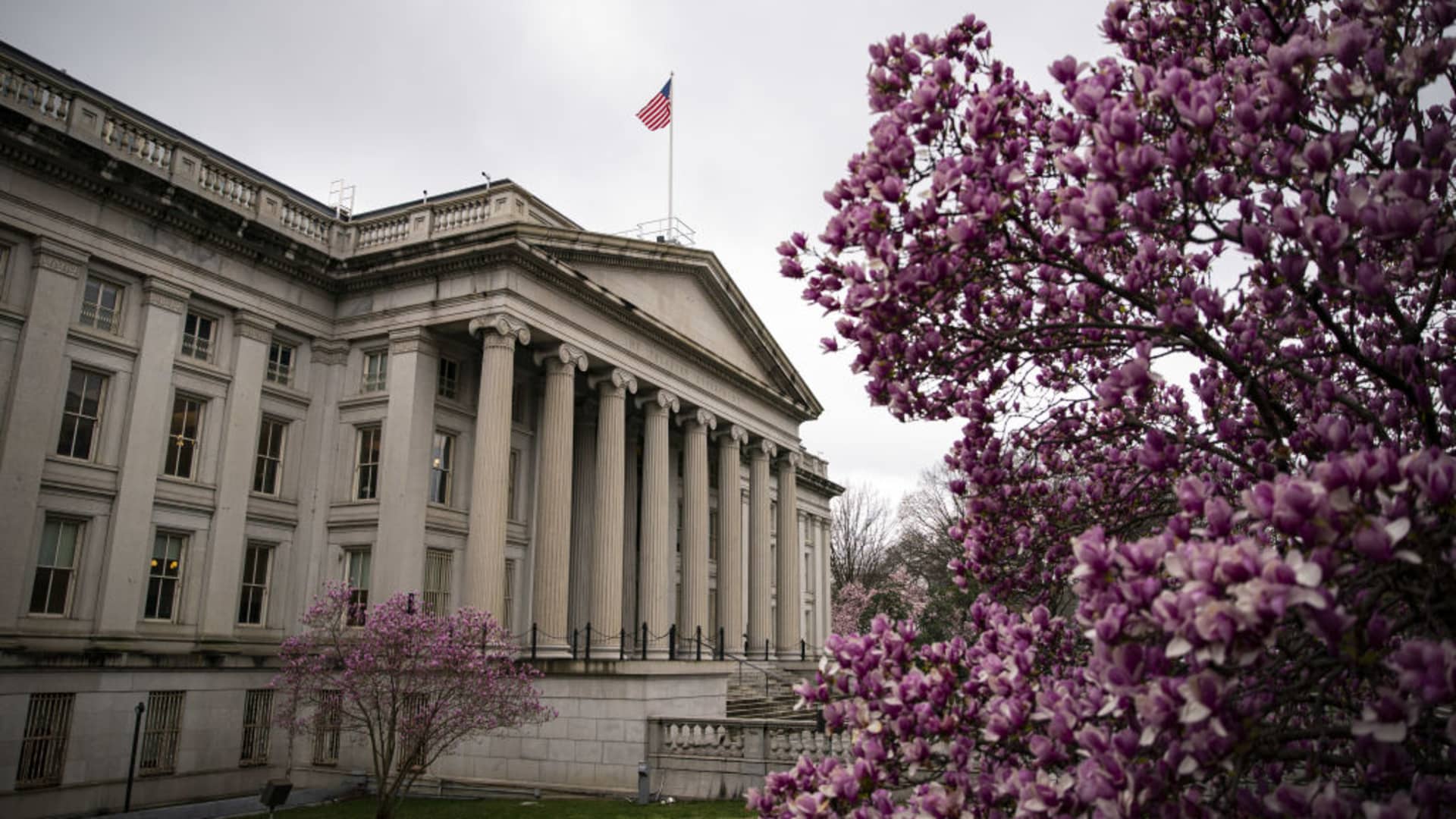In 1965, when silver metallic content was taken out of US coins, LBJ said:
Our present silver coins won't disappear and they won't even become rarities. We estimate that there are now 12 billion--I repeat, more than 12 billion silver dimes and quarters and half dollars that are now outstanding. We will make another billion before we halt production. And they will be used side-by-side with our new coins.
Since the life of a silver coin is about 25 years, we expect our traditional silver coins to be with us in large numbers for a long, long time.
If anybody has any idea of hoarding our silver coins, let me say this. Treasury has a lot of silver on hand, and it can be, and it will be used to keep the price of silver in line with its value in our present silver coin. There will be no profit in holding them out of circulation for the value of their silver content.
Thereafter, the US Treasury started clawing back silver coins through the US Federal Reserve banking system. And smart citizens started hoarding 90% silver coins, which is exactly what LBJ said wouldn't happen. Up until 1967, the US Treasury continued to sell bullion silver for the fixed rate of $1.29 per oz, but eventually realized that this attempt to fix a price on silver was unrealistic and discontinued such sales.
Our present silver coins won't disappear and they won't even become rarities. We estimate that there are now 12 billion--I repeat, more than 12 billion silver dimes and quarters and half dollars that are now outstanding. We will make another billion before we halt production. And they will be used side-by-side with our new coins.
Since the life of a silver coin is about 25 years, we expect our traditional silver coins to be with us in large numbers for a long, long time.
If anybody has any idea of hoarding our silver coins, let me say this. Treasury has a lot of silver on hand, and it can be, and it will be used to keep the price of silver in line with its value in our present silver coin. There will be no profit in holding them out of circulation for the value of their silver content.
Thereafter, the US Treasury started clawing back silver coins through the US Federal Reserve banking system. And smart citizens started hoarding 90% silver coins, which is exactly what LBJ said wouldn't happen. Up until 1967, the US Treasury continued to sell bullion silver for the fixed rate of $1.29 per oz, but eventually realized that this attempt to fix a price on silver was unrealistic and discontinued such sales.
















